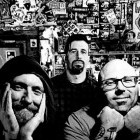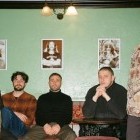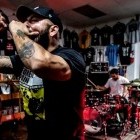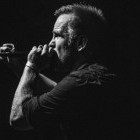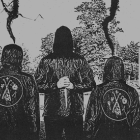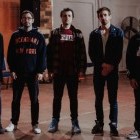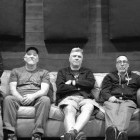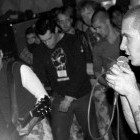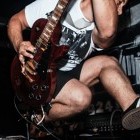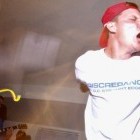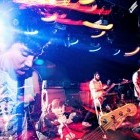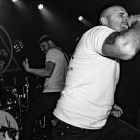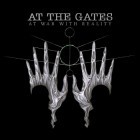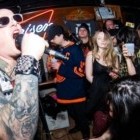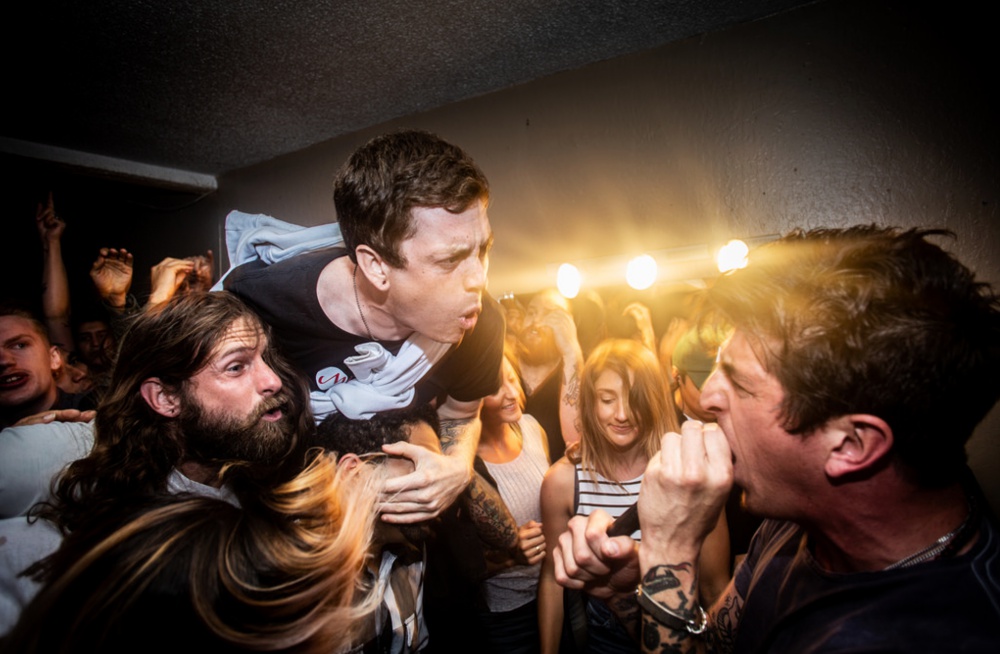
I grew up in several Central Illinois towns and had moved to North San Diego County in 1999. It was 2005, and my crew had gone to the Showcase Theatre (RIP) to see Terror. The opening band was called Modern Life Is War, on tour from Iowa. Their demeanor contrasted Terror’s hard stance with an air of elation and sincerity. “We are just some kids from Iowa who cannot believe we are here," etc. I ate it up and bought their record Witness.
As the first few chords of "The Outsiders (AKA Hell is for Heroes Part I)" hit my ears, I thought “Goddamn...this sounds like I remember back home smelling like”. It was impossible not to visualize passing abandoned brick smokestacks on foot at night and imagine damp black earth crumbling between my fingers. I heard cornfields. I smelled ancient public school yards. I tasted wooden storefronts. Most of all, it was mid-summer in Riverside County, but winter was on my mind. It was then that i realized Midwest bands had their own sound.
So, what does that mean? How does a region of 12 states with a population of 65 million have a monolithic sound? In reality, it doesn't, but there is enough intersectionality to make the argument for its existence. One can hear the origins of Racetraitor when listening to Hüsker Dü, and one can easily sketch out a family tree that includes the Dead Boys, Charles Bronson, and Naked Aggression. Arguably, the commonalities lie in shared experiences.
The Midwest has dark horse advantages when it comes to hardcore. Often the following advantages are misperceived as detrimental, especially by those who live here.
First: working class values, aka "the Protestant work ethic." Personally, I got my first job at 6 years old, pulling weeds in soybean fields. My wife started waiting tables at age 15. Midwesterners are hard workers by necessity. Institutionally, our grandparents were sharecroppers who moved to fledgling cities to become the Union labor that built the industrial complexes of the Rust Belt, and then in turn staffed those manufacturing plants. Historically, we have built brick metropolises literally from mud and stone, and hustling an existence from scratch is reflected in our scenes.
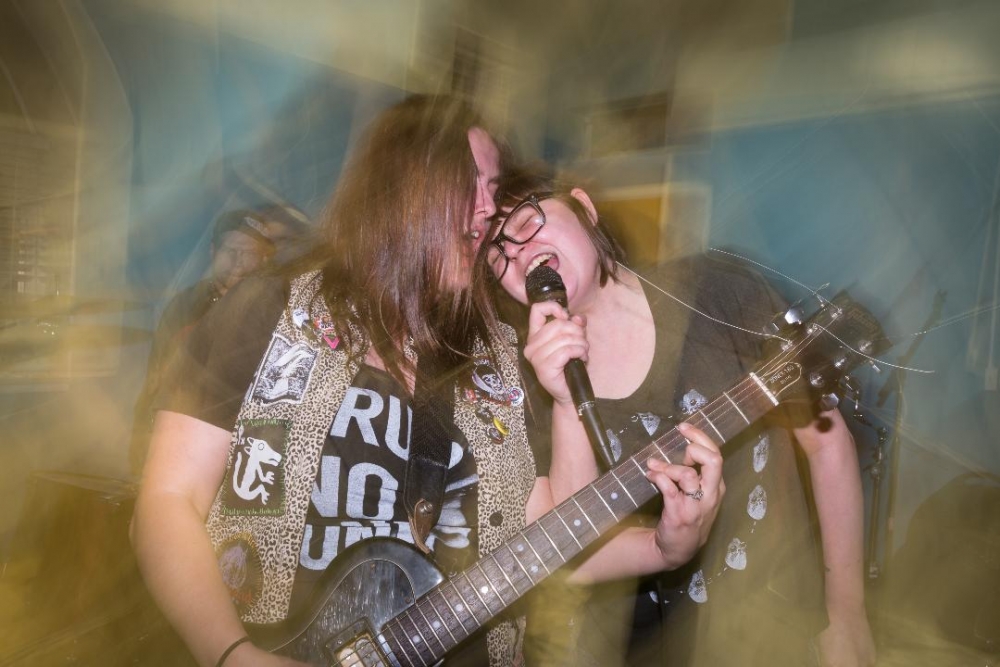
Second: the perception of isolation. The lamentation at near panic level to see the wide world is epidemic. For generations, the belief that the coasts hold the answer has persisted. Midwesterners fall into two camps: those who pine for LA or New York or Seattle, and those who have gone and returned. Regardless, the feeling of isolation is ever-present, reinforced by media narrative. This causes the heart to ache from an urge to "get out."

Third: accepting the accessible. Surely, large cities have well-known bands and gear shops; however, the Midwest is bejeweled with thousands of small towns that do not. There are countless hardcore bands in towns with populations of 3,000, without a black band t-shirt among them, earnestly playing hand-me-down gear cranked to level 10. They have to drive two or three hours to see a touring band in the larger cities and dream about moving there. Most never will.
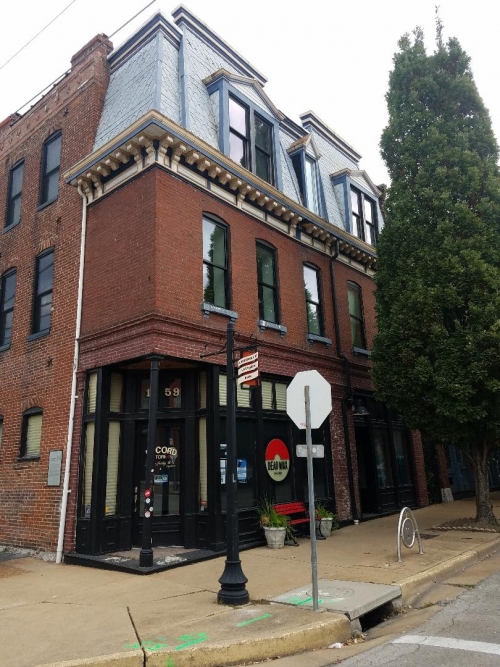
Fourth: winter. For several months each year, to be outside is uncomfortable. Some pass the time watching television with family while others drink coffee and debate with friends. In my experience, winter time for the punk/hardcore kid is split between clustering with friends indoors talking smack; going to sparse shows; and spending countless hours in solitude practicing guitar, drawing, and listening to music. A California friend (by way of Findley, IL) told me once that “winter sets apart the Midwesterner from the Californian. They know the beach and everything about the hops content of craft beers, but they cannot play chess."
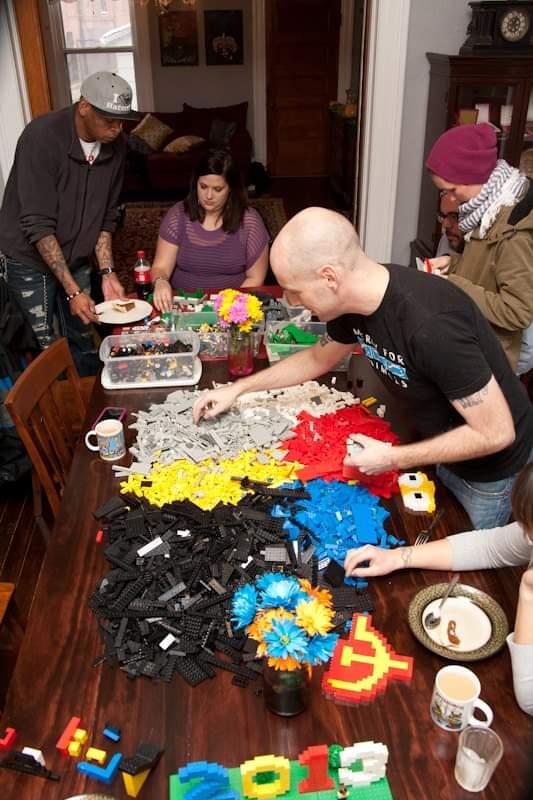
Winter is a time of isolation and discomfort, but the potential is boundless. Band practice, making merch, drawing flyers, and designing graphics happens indoors. Sometimes elaborate props and costumes are conceived and built during time cooped up (see: R.A.M.B.O.). Despite the potential use of time creatively, the constant discomfort bleeds into the music. Detroit’s winters stretch from October through late March or early April, and Negative Approach injects that claustrophobic frustration onto their tracks.
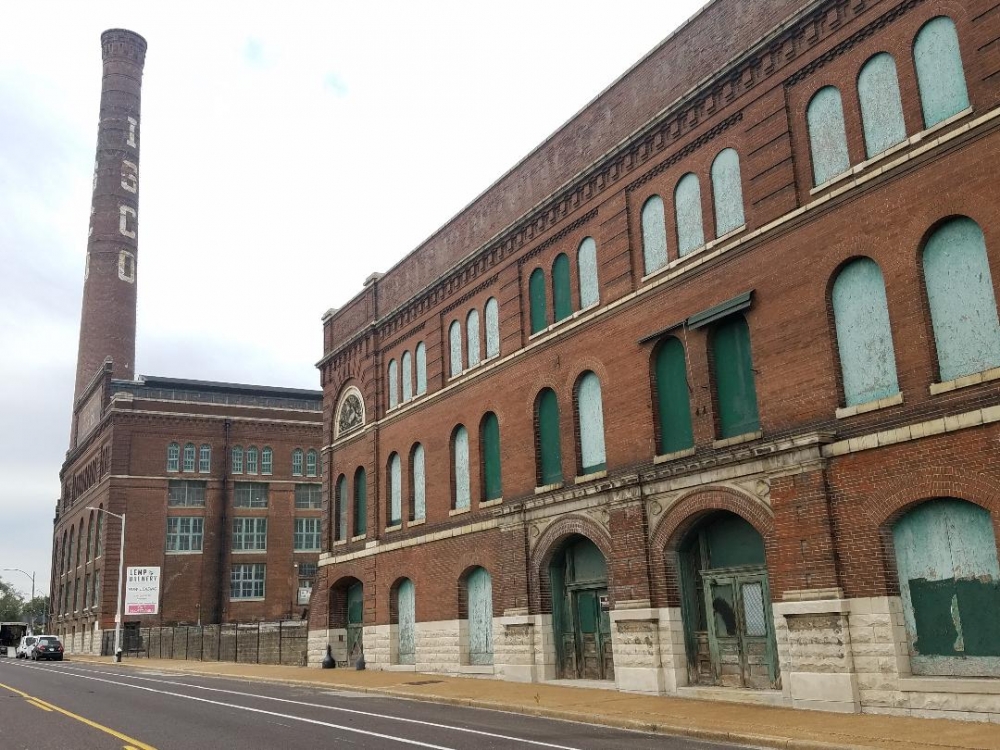
Fifth: infrastructure for DIT. I prefer “DIT” (“Do It Together”) as opposed to DIY; because in retrospect, I recognize that the finest projects I have worked on have been in a group setting. The Midwest is rife with possibilities for underground activity. For weather and storage purposes, nearly every home from Ohio to Nebraska has a basement. In a rental home I had in Springfield, IL, we built a drum riser, installed ad hoc dampening, hung colored flood lights, and wrapped foam and duct tape around the poles; thus making a venue with dumpstered materials. Community centers, Union halls, and out-of-use storefronts, are easily accessible for shows or practice spaces.
Once on tour, I stayed in a Kansas City house that was converted into a screen printing operation, and the upstairs was empty sans rows of beds a la touring band barracks. The first show I ever attended was in Springfield, IL at a brothel turned restaurant turned guerilla skatepark.
Sixth: divisive regional politics. I was born in 1976. My entire life, I have experienced or witnessed deterioration in living conditions for Midwesterners, coupled with a campaign of neglect from all administrations. The strong middle class of trades people and manufacturing jobs have been yanked away in our nation’s race to the bottom. Therefore hardcore, whether concisely directed or not, rails against the status quo. Of course, political stances take many forms.
Whether the message is fetishized individualism to dreams of collective ownership to thinly veiled misogyny or ethnocentrism to overt chauvinism, the common thread is a mood of “things are fucked up and no one is trying to fix it”.
This sentiment is stark in contrast to the “no bad days” mindset and attention to far away problems I experienced living on the coast. (Note: in my experience with Xicano bands in CA, many similarities with Midwestern bands existed)
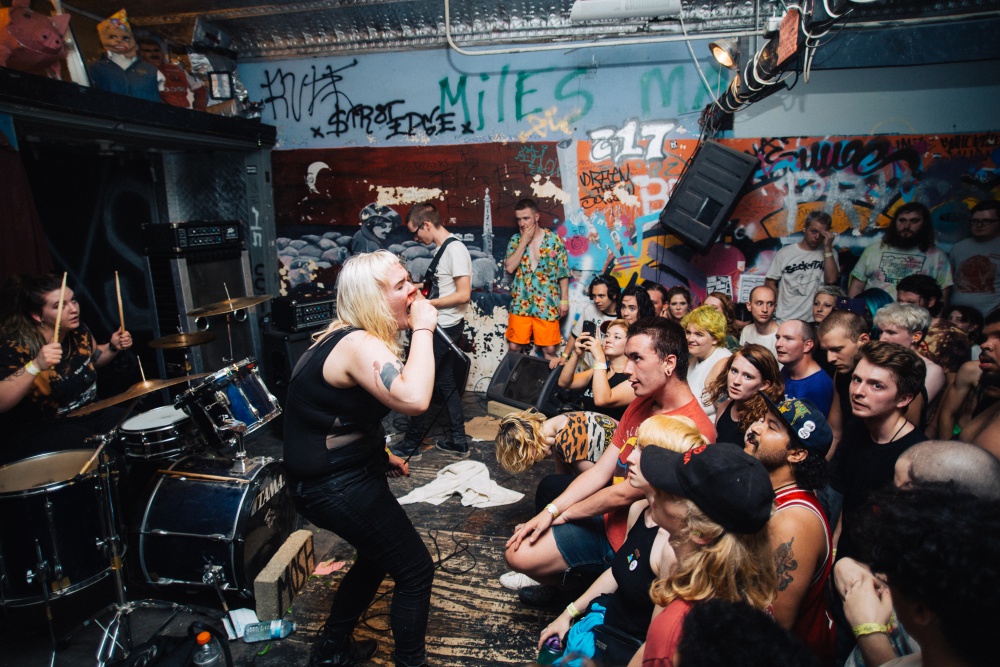
Lastly: modesty as virtue. In the 12 years I lived in CA, I was fortunate to visit almost all of Southern California. I found that San Diego and OC/LA area is filled with people who had moved there for personal gain or at least their parents or grandparents did. I experienced an atmosphere of a populace trying to be “discovered” or dreaming up the “next big thing." That requires much self-promotion. The Midwest is generally the opposite. Staving an ego nurtures attempts at promoting a collective structure, whether that be a band or scene.
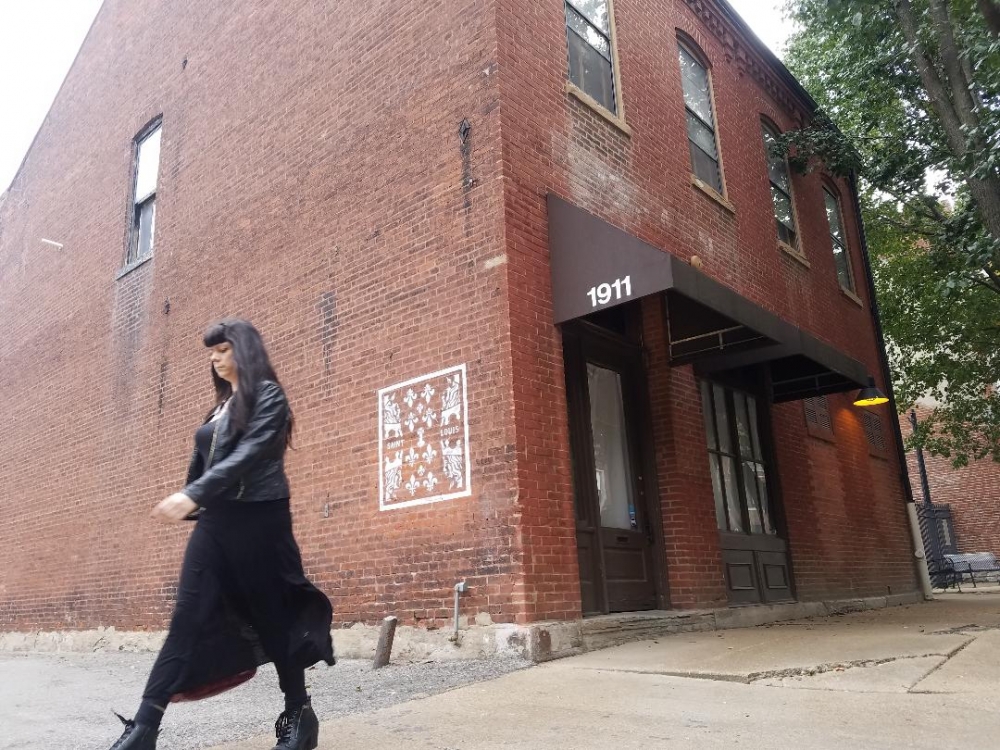
I have now lived in Saint Louis, MO for seven years now, almost to the day. One cannot un-experience a revelation. I cannot listen to bands like the Zero Boys, Expired Youth, Cardiac Arrest, or Misery without thinking of Depression-era brick streets and the deafening hum of locusts in tall grass. The “Midwest sound” is the culmination of political thought, religious traditions, learned work habits, and environmental factors. Give Naked Raygun another listen, and tell me you can’t hear it.
Tagged: modern life is war, redbait


